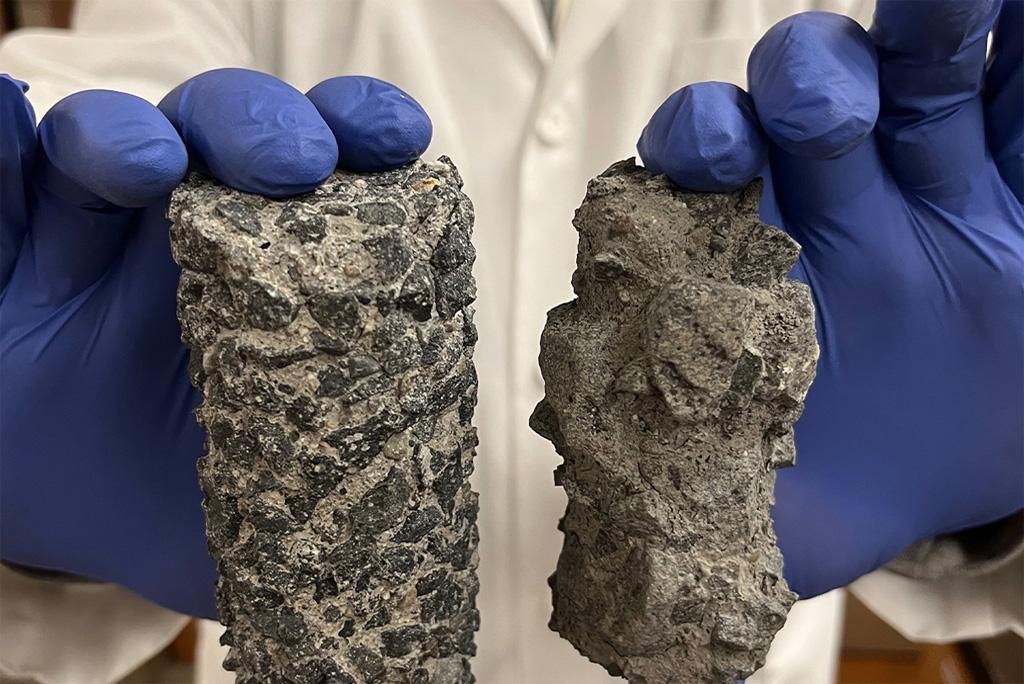Walls will be protected from moisture and salinity, concrete made from nanomaterial

Concrete sealer made from nanomaterial has been claimed by researchers to be the most important in better and safety. Globally, common concrete infrastructure collapses cause substantial loss of life and property. Concrete sealer made from nanomaterials will play a vital role in protecting the infrastructure. Researchers from Washington State University (WSU) have done this feat.
Laboratory studies have found that the new concrete sealer can remove up to 75 percent more water than commercial sealers, meaning it protects walls from moisture. Also, it can reduce the damage caused by salt to buildings built in coastal areas by up to 44 percent. It could provide an additional way to address the challenge of old bridges and sidewalks around the world.
We noticed one of the main problems that damages concrete, which weakens the strength and durability of concrete, is moisture, the researchers explained. Professor Jianming Shi from the Department of Civil and Environmental Engineering said that if you can keep the concrete dry, most of the durability problems will go away.
Most of the country’s critical infrastructure, such as the highway system, was built years ago and is now reaching the end of life. Every four years since the 1990s, the American Society of Civil Engineers puts out a report card on American infrastructure that consistently shows poor or failing grades.
Of the approximately 600,000 bridges in the US, about 8 percent are considered structurally deficient. The problem is compounded by multiple freeze and thaw cycles in cold climates and the increased use of salinity in recent decades, which can weaken concrete levels.
Xi explained that concrete, even though it sounds like a solid rock, is basically a sponge, when you look at it under a microscope it’s a highly porous, not even uniform composite material.
Local sealers have emerged as a tool for protecting concrete, Xi said, and many state departments use them specifically to protect bridges, which are most affected by salt damage. Sealers provide some level of protection, but moisture often manages to make its way into the concrete.
In the study, researchers combined two nanomaterials, graphene oxide and montmorillonite nanoclay, into a commercial silicon-based sealer. The nanomaterial denser the microstructure of the concrete, making it more difficult for the liquid to penetrate. They also created a barrier against the infiltration of water vapor and other gases that make their way into the concrete.
The nanomaterial also protected the concrete from the physical and chemical attacks of dicing salts. Reinforcing sealer is designed to be used on a wide range of jobs, as it can also serve as a treatment and support for fresh concrete.
While no organic solvents are needed for WSU Sealer, it is water-based, which means it is more environmentally friendly and safer for workers, Xi said.
Traditionally, when you use water followed by an organic solvent, the tightness of the sealer decreases, he said. We showed that the use of nanomaterials prevents the loss of strength.
The researchers conducted an initial market analysis with industry stakeholders and are studying ways to further optimize the sealer. They are exploring how nanomaterial-based sealers can help protect concrete from microbial damage or abrasion. This research is published in the Journal of Materials.
Subscribe to our daily hindi newsletter




